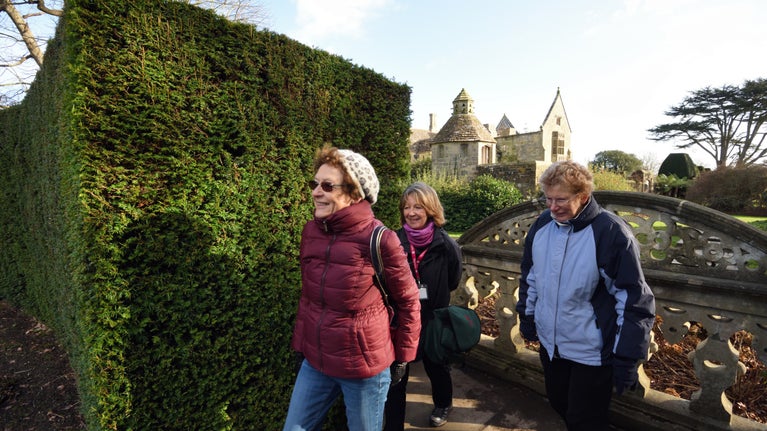
Where will you visit next?
Discover lots of gardens, historic houses, days out at the coast and more.
Journey from wild coasts, moorland and curious historic houses to lush gardens and beaches. Plan your day out in Devon.
A family home and a great estate. Glorious landscape garden surrounded by parkland with fine 18th-century house.

Intriguing Regency house and impressive collection of horse-drawn vehicles, set in a picturesque garden.

Where dramatic architecture meets innovative family home. A 20th century castle overlooking the Teign Gorge.

Explore vibrant post-war gardens, miles of 19th-century parkland and grand Gothic Revival architecture by Victorian visionary, William Burges.
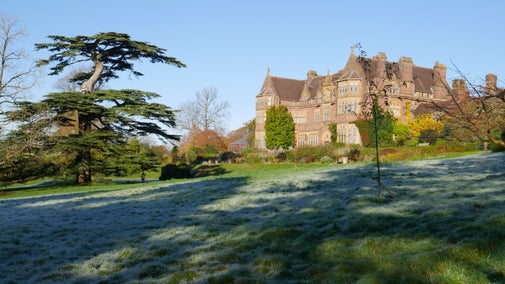
A 1920s country retreat complete with tropical garden by the sea.

A house full of treasures, stories and intrigue. A magical garden with year-round splendour, plus an extensive park for everyone to enjoy.
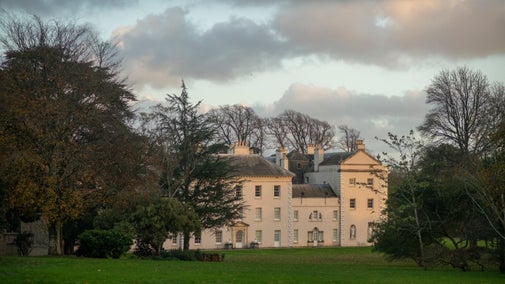
Discovery, tranquillity and history – an ancient gem in the Tavy Valley landscape

At Greenway, the walled gardens, river views and romantic woodland combine to make up 'The loveliest place in the world' in the words of Agatha Christie.

The deepest river gorge in the South West, with 30m high waterfall

Quirky 18th-century 16 sided house with fascinating interior decoration and collections.
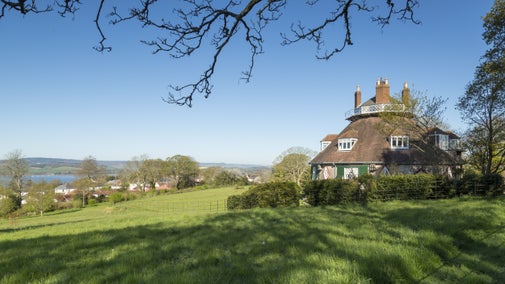
Dramatic fortified manor house and small formal garden.
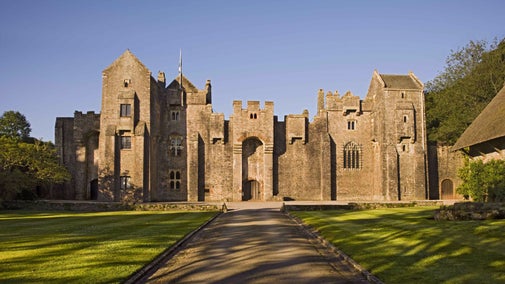
The last working water-powered forge in England.

Whether you’re looking to travel by bus, train, bike or foot, there are many places in Devon you can visit without a car.
Whether you’re looking to travel by bus, train, bike or foot, there are many places that we care for in Devon that you can visit without a car. Here’s a little more information that can help you plan your a car-free day out.

Join us on Saturday 10 January on a one-off volunteering day and help us plant trees
Join us this Christmas at Saltram and experience the magic of the beloved Gruffalo’s Child story brought to life within Saltram’s garden.
Pull on your boots, grab a coat and get exploring on one of our way-marked welly walks.
Come along and join in a free Little Acorns sessions for under 5’s at Coleton Fishacre.
Join us on Saturday 17 January and Wednesday 18 February on a one-off volunteering day and help us plant trees
Join the National Trust on the last Monday of each month to help keep Wembury safe, clean and tidy.
As part of our Wellbeing Walks, join this free circular walk taking in the Clump and woodlands to reach Columbjohn chapel
Join our Woolacombe rangers for our monthly beach clean with an added bonus of a silent disco.

Discover lots of gardens, historic houses, days out at the coast and more.